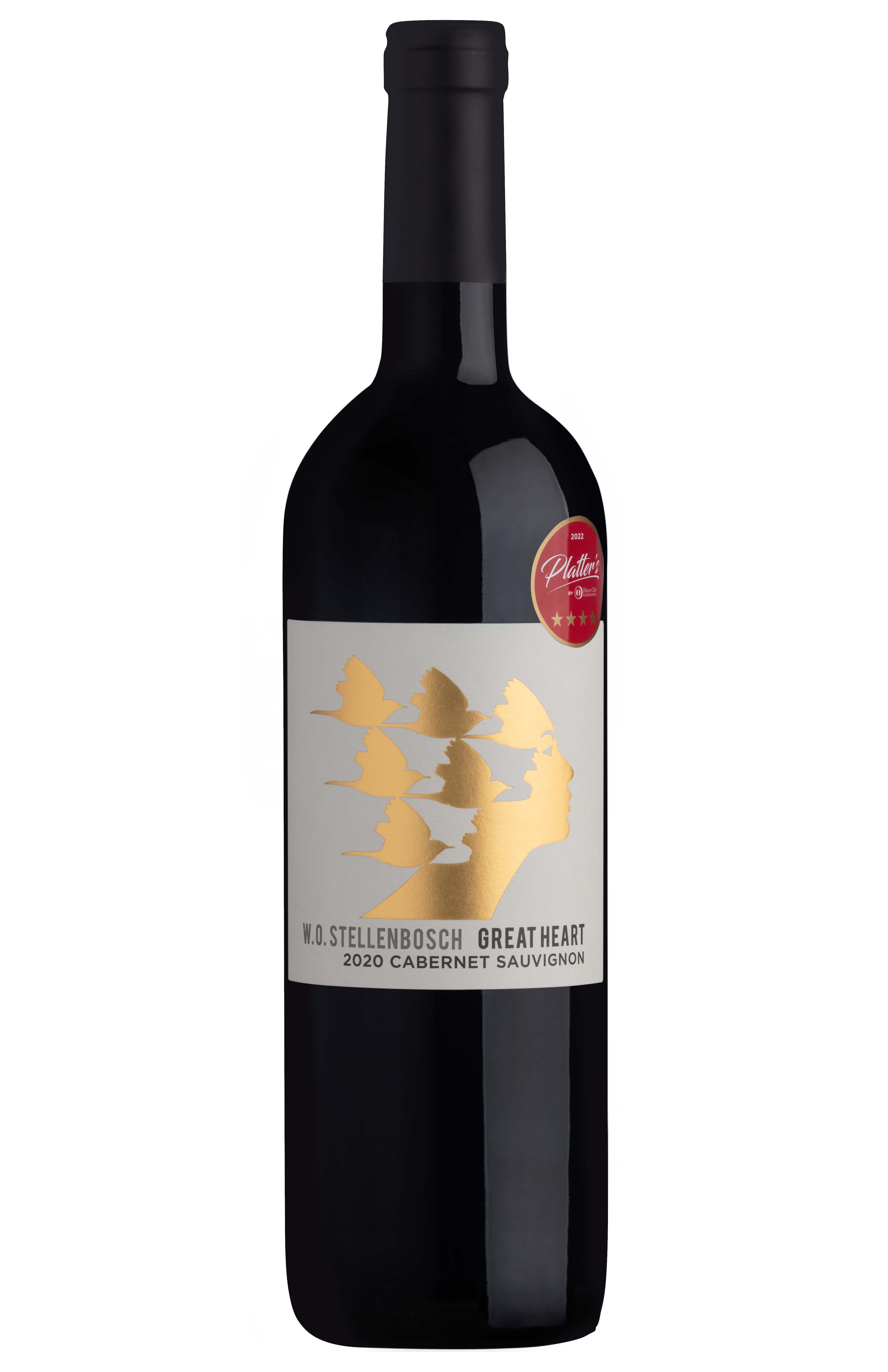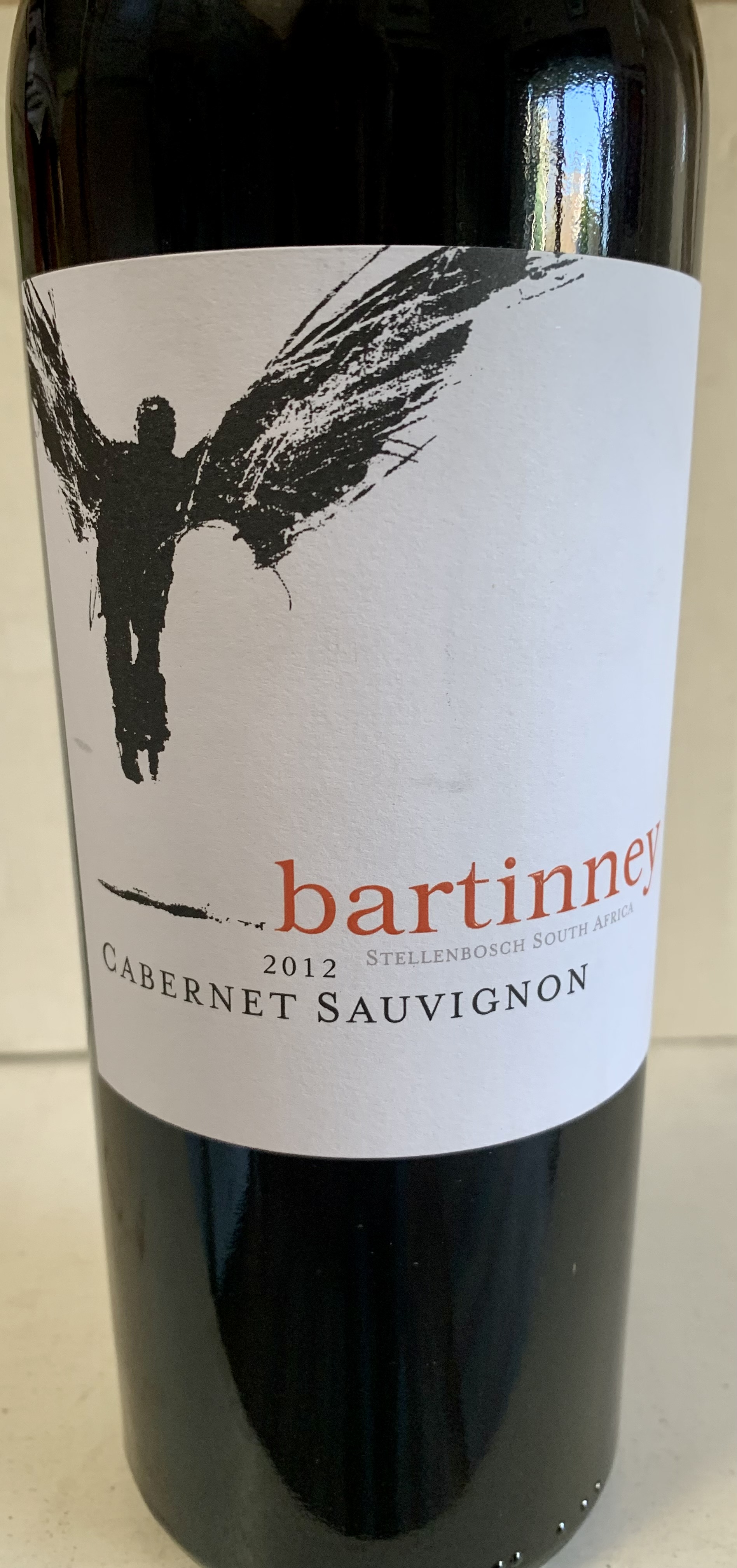Women, Cabernet and Sustainability
August is women’s month, it’s also International Cabernet Sauvignon Day on the 30th, opportune timing to learn about cabernet from three lady winemakers. The three work with grapes sourced from across Stellenbosch, the area connected with many of South Africa’s top cabernets.
High on the Polkadraai Hills, Reyneke winemaker, Barbara Melck explains what makes their cabernet distinctive and different from many other Stellenbosch cabernets; ‘While most cabernet is planted on warmer north and northwest facing slopes, ours is on cooler south and southeastern slopes. The soils are also lighter with less clay than the rest of the area.’ These factors and Reyneke’s farming methods allow the grapes to fully ripen earlier; ‘which enables me to harvest earlier and preserve fruit purity.’
Aside from a cabernet that speaks of origin, Barbara believes a great cabernet comes down to balance between acidity, structure as well as purity and length. For her own taste, great cabernet; ‘Always has a graphite core.’
Varietal cabernet or in a blend, is there a difference in what you look for? ‘Blending is like a jigsaw puzzle; each piece comes together to create a whole,’ reasons this young winemaker; ‘cabernet in a blend should help create this whole. A varietal cabernet should be complete on its own.’
Reyneke’s farming methods mentioned above are holistic. Co-owner, Johan Reyneke follows a biodynamic approach, for which the farm is officially certified. The appeal for Barbara lies in knowing she’s part of something bigger than just winemaking; ‘It comes from a value of respect for our planet, soils, vines, animals and our people.’
Across the valley, on the mid-slopes of the Helderberg is where Gynore Fredericks sources her cabernet for Great Heart. She describes the site as; ‘Where looser colluvial soils meet richer lower-slope soils, creating wines with beautiful perfume and fine tannin.’ Gynore has no hesitation in determining what makes great cabernet; ‘One where distinctive, classic cabernet characteristics can be identified. Freshness and refined tannins are key components.’

While Stellenbosch is the origin of Great Heart cabernet, cabernet for the blend comes from Swartland. ‘From Stellenbosch, the wine is fresher with more primary red fruit. Swartland fruit has more mid-palate with primary dark fruit.
Great Heart is an empowerment project started in 2021 by Mullineux and Leeu Family Wines with their employees and collectively owned by the winery staff, who receive a portion of all sales. For Gynore, Great Heart is about enabling leadership and growth, not only financially but also intellectually.
At the northern end of Stellenbosch, high up in Banghoek, Ronell Wiid is responsible for the Bartinney range, including a cabernet. She finds the area has a cooler, less full-sun environment than Helderberg or Simonsberg; ‘Producing grapes with less thick skins and packed with red and black sweet berries.’ She describes the wines as having ‘quiet power’.
As a late ripening variety, great cabernet requires correct positioning of the vineyard and canopy management. ‘Don’t pick before fully ripened!’ She urges. In the cellar; ‘Do mature cabernet in good wood, a large portion new; it eats up new oak tannins, resulting in a rich, full-bodied structure.’
In Ronell’s opinion, blends flesh out cabernet’s singular, linear character, producing a rounder, easier to understand wine.
Bartinney is so high up, it combines with the corridor of undisturbed wildlife and indigenous vegetation. Owners Rose and Michael Jordaan pledged to make every area not farmed as a haven for all wildlife. For Ronell, ‘It’s a pleasure to work in this beautiful environment, being part of conserving nature for the future.’

- Blog by Angela Lloyd